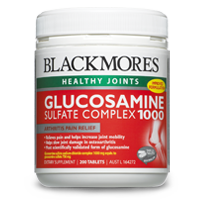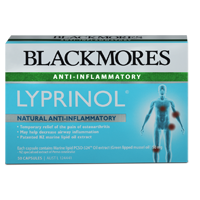YOUR LIVER
Help to keep your liver healthy (part 1)
Russell Setright
The liver is the second
largest organ in the body, the skin being the largest. The liver, however,
performs more functions than any other organ. Most products of digestion are
transported to the liver from the intestines via the portal vein. The liver
also produces and stores glycogen, which it synthesises from glucose, the
muscles for energy need this. The liver also manufactures bile, which is used
in the digestion of fats. It is one of the body's major detoxifiers,
transforming substances that are taken into the blood by way of our intestines.
The liver also synthesises prothrombin and fibrinogen, which are clotting
agents, and is a valuable storing house for vitamins A, D, E and K.
There are many diseases which can severely affect the liver. Abuse
with certain drugs such as alcohol and paracetamol can cause cirrhosis of the
liver, which will lead to death if not treated in the early stages.
Hepatitis is a disease which inflames the liver. There are
varieties of the virus: hepatitis A, (infectious hepatitis), hepatitis B (serum
hepatitis) and hepatitis C and now some strains identified as H. In some developed
countries hepatitis infects up to 40 per cent of the population and in
Australia 25% of the Australian indigenous population are infected. The virus
can be caught through exchange of blood, saliva, or eating infected food. Clean
toilet habits and washing of hands afterwards are necessary for prevention.
A sluggish liver can also result in accumulation of some of the
toxins that we are exposed to each day, not only in the liver but in elsewhere
in the body. These toxins include, industrial wastes, artificial colours,
flavours and sweeteners, photochemical smog, chlorine, PCBs and heavy metals,
to name but a few. Their accumulation can contribute to poor health and
disease. Quite often skin disorders, such as dermatitis and acne, can be
directly related to poor liver function. Other symptoms can include, headache,
lethargy, elevated cholesterol, indigestion and nausea.
Losing weight is one reason many people start a liver DeTox
program. Some people find loosing weight can be very difficult for many people,
while for others, the problem is how to put weight on, even when lifestyle and
eating habits are balanced. The difference between these types of people is
that their individual metabolic rate (the rate at which you burn up kilojoules)
varies.
However, don't despair, there are foods that can actually increase
your metabolism and help improve weight loss, while other foods can slow down
the rate of weight loss and the metabolism by acting on the thyroid gland's
production of hormones which are involved in our body's metabolic process.
LIVER DETOXIFICATION AND INNER CLEANSING
As a direct result of our lifestyle and our polluted environment,
detoxifying the liver, kidneys and bowels in many cases can help improve our
health and quality of life. Any detoxification program requires in most cases a
change in lifestyle and diet. Foods that contribute to liver or bowel
toxication should be avoided while at the same time foods that promote a
healthy digestive system should be increased.
As Hippocrates said, "Let food be your Medicine!" In
Australia the intake of "junk foods" is on the increase. These foods
are generally high in fat and refined sugar and low in fibre. This combination
not only increases the load on the liver but also the risk of developing gallstones,
diabetes and heart disease. The first step in a healthy diet is reduce the
total fat and refined sugar intake, read the labels of processed foods and
avoid those that are high in fat. Some of the best foods to incorporate in your
diet are garlic, onions, leeks, lemons, apples, pears, berries, raw nuts,
potatoes, soya beans, beats, rice, fish, olive and canola oils in moderation.
To keep your liver in good shape it is best to avoid foods high in sugar and
fat, such as candy, sweet biscuits, cakes, soft drinks, chocolate fatty meats
and oils. You should also avoid foods high in caffeine, such as coffee and cola
drinks also avoid fatty dairy products, bacon, roasted nuts, and fried foods.
These foods cause the liver to slow down and become congested. It is best to
abstain from alcohol while undertaking a liver DeTox program, and never take
paracetamol and alcohol in combination as this can cause severe liver damage.
Regular alcohol consumption in combination with a high fat diet can also
increase the risk of fatty liver disease. A diet that is high in water-soluble
fibres such as Psyllium and oat bran can increase enterohepatic cholesterol
bile acid circulation. The fibre binds up the bile salts and bile acids and
passes them through the digestive tract. This action reduces their reabsorption
and therefore the liver needs to manufacture more of these salts from
cholesterol in the body. This reduces total cholesterol levels and improves
liver function.
Detoxication of the liver can help improve the quality of life,
many conditions such as headaches, indigestion, poor concentration,
constipation and lack of energy can all be escalated by a sluggish liver.
If you have a liver infection or condition always see your medical practitioner



